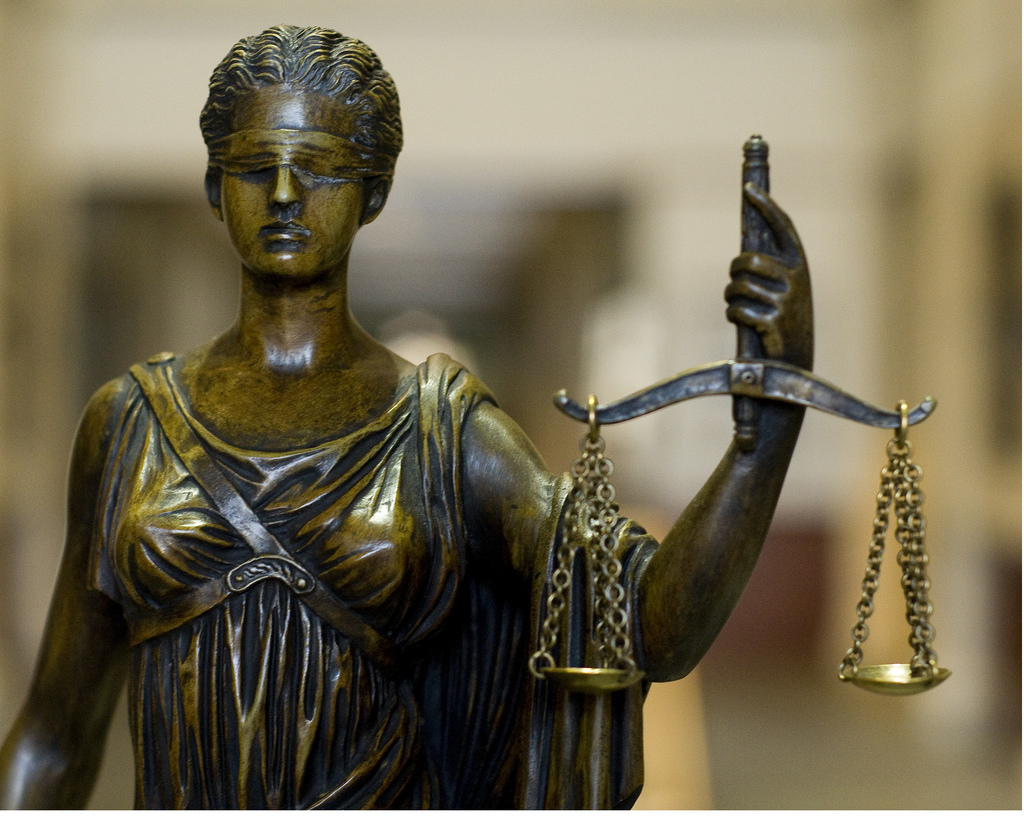Don McCullough "Morning Fly By"
After almost sixteen years as a pastor at University Presbyterian Church, Fresno, I am beginning a new adventure in a new congregation, the Davis Community Church in Davis, California. Parting with friends who have become family is not easy. We've been part of each others' lives for a significant part of our lives. So, as much as I feel this summons by the divine for a new adventure, I also feel grief. Below is my last newsletter article to the congregation. It's kind of a Credo, or summary of my faith at this hinge in my life. This transition has given me the chance to reflect on the key learnings this last decade and a half. And while I grieve this departure, I am also full of gratitude for what I've learned among this remarkable group of people.
This is my last chance to write to you, my last opportunity as your pastor to put words onto the page and to say something that might endure—at least for a little while. I recall other last words. Jesus’ to his friends: “Go and make disciples of all nations”; Saint Paul’s to his disciple, Timothy: “I have fought the good fight, I have finished the race”; and the saintly Albus Dumbledore’s to Harry Potter: “Of course it’s happening inside your head, Harry, but why on earth should that mean that it is not real?”
These famous last words were brief. I ought to follow that pattern and say one thing. But I’m not nearly as wise as Jesus, Paul, or . . . Dumbledore. Instead, I’ll give a short list of the six key things I’ve learned among you since since I came among you in November of 1999:
First, “God is nearer than we think.” For too many people God is an idea, a doctrine, a belief system. But among you, I’ve experienced God. God is not up and out, some Great Being who created the world and now stands aloof from it. God is intimately involved with us and within all created things. God is Presence. God is as close as the beating of your heart, near as your next breath.
Second, “God’s mischief.” I suppose this is my signature phrase, and most of you love it. I love it because it reminds me not only that God is big and, in the older language, sovereign. But God is also playful. I’ve suffered greatly in my life, but I’ve nevertheless experienced this odd and delightful Presence who seems always intent to work good in the world no matter how much bad there is. God’s goodness has come to me despite the fact that goodness didn’t often march into my life like the Fresno State marching band.
Third, “The glory of God is a human being fully alive.” This is a famous phrase from Saint Irenaeus of Lyon (early 2nd century, Gaul/France). Lots of religious people think the Christian path ought to carry them away from life, their humanity, and toward a spiritual existence in heaven. I take it on faith that there’s something beyond this life, something we call heaven, but it’s not at all clear to me what that is. Though I’m quite sure Jesus did not intend us to spend this life thinking about it or working to get there. Jesus was about this life and about living it well. Heaven is a bonus not the goal. So, I think Ireneaus, the great theologian of the early church, got it right when he taught that Christianity ought to help us live a red-blooded life now and not wait for some big event later in the sky. The goal of Christianity is living well now, here.
Fourth, “The church is the place where everyone, without exception, receives an unmistakable and unqualified invitation to come and feast at the Table of God’s abundance among an ever widening circle of friends.” This quote is more recent. And I don’t think I’d have come to this big and dreamy sentence if it hadn’t been for you. There are people here who have lived this before I ever put it into words. And they’ve done so against the backdrop of those rather troublesome Christians who put up the kind of barriers and walls Jesus came to tear down. In a world where barriers and walls, suspicion and hostility and violence separate people, we must follow Jesus more radically, more boldly, taking our place at the Table, welcoming others, and offering our gifts for the healing of the world.
Fifth, “If God can get along then we can too.” I’ve said this about the Holy Trinity—God as Father, Son, and Holy Spirit, or Mother, Wisdom, and Sacred Fire (metaphors that ensure we don’t conceive of God as merely male, but, somehow, according to the Bible, as both male and female; remember, in Genesis 1 we learn that God made human beings in God’s image, male and female; God therefore isn’t one or the other, but both). God is naturally both diverse and unified—simultaneously. So we must honor our differences even while we treasure our unity. What a dull place this would be if we were cookie-cutter Christians, trying to shave off our differences, manufacturing some faux facsimile of one another. God loves a riot of color, not the drab gray of sameness.
Sixth, “Risk everything for love.” I’ve borrowed this from the 14th century Sufi mystic poet, Rumi. And isn’t this exactly what Jesus did? It is. And so, it’s what I aim to do. And when I pray the phrase each morning, I carry it a little further. But I don’t think for a moment that Rumi would mind, for he knew the expansive heart of God. “Risk everything for love,” I pray, “‘till Love is All and All is is Love.” By praying this, I’m drawing myself into the future of God, the future of the cosmos, a future that helps me live and love now, here. “God is love,” wrote Saint John. And one day love is all we’ll know, for it is the divine Fire that holds all things together. So, why not live it now?
Six things. Not the only things I’ve learned. But for me, the most important. Things I’ll carry with me into this new adventure of faith.
I’m grateful beyond words. I couldn’t be more blessed. Thank you for calling me as your pastor so long ago and for loving me as a human being. Together we’ve touched the face of God and I don’t think any of us will ever be the same. And that’s a very good thing.



